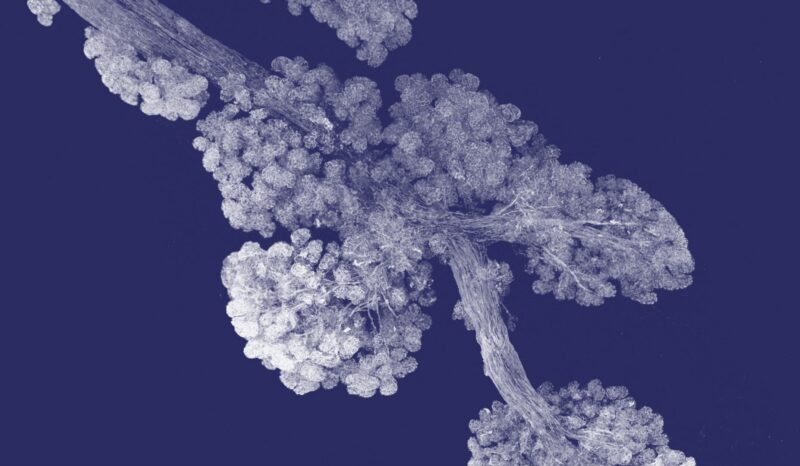Professor Andrew Wilks, the Chief Executive Officer of Anaxis, said the project leveraged the extensive expertise and capabilities of both WEHI and SYNthesis.
“This was one of the most inspiring collaborations I have ever been involved with,” he said. “Being able to apply the significant medicinal chemistry resources from SYNthesis to the world-leading science that the WEHI team brought to the program has led to something quite extraordinary. The medicinal chemistry phase of the programme has been significantly driven by the insights brought from WEHI’s medicinal chemistry and structural biology teams, and the ‘chemical biology’ of our drug candidates aligns precisely with the biochemical understanding of the necroptosis pathway that the WEHI biology team has wrought. I can’t tell you how satisfying it is when these elements work so well together.”
Access to the drug discovery capabilities available through WEHI’s National Drug Discovery Centre enabled Anaxis to progress the project extremely rapidly, with hit-to-lead optimisation through to lead optimisation occurring in 2019-2020.
“In 2017, Anaxis entered into a partnership with a multinational pharmaceutical company, which enabled us to advance this exciting program more rapidly towards the clinic. This is a fantastic example of how WEHI’s fundamental research discoveries – and WEHI’s preparedness to commercialise them – have underpinned the development of potential new medicines. It was not just the initial hits that WEHI provided, but also their ability to partner with the private sector, and their ongoing commitment to building and enhancing the understanding of what these molecules were doing in the cell, that was so important,” Professor Wilks said.




